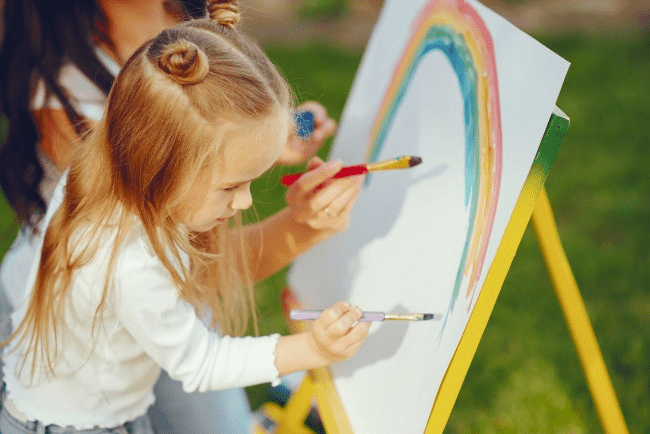Portrait Painting for Beginners: Essential Techniques and Approaches
April 20, 2024
Portrait painting is an art that requires not only the ability to draw but also a deep understanding of human nature. For beginner artists, it's important to master basic techniques and approaches to successfully convey not just the appearance but also the character of the person depicted.
Studying Anatomy
The foundation of any portrait is an accurate depiction of the head's shape and facial features. Start by studying anatomy: the structure of the skull, the placement of muscles, and skin. This will help you correctly position the eyes, nose, and mouth.
Facial Proportions
Be sure to master facial proportions. Generally, the eyes are located at the halfway point of the head's height, and the ears are between the brow line and the nose. The nose divides the distance from the eyebrows to the chin in half. Knowing these details will help create a harmonious image.
Using Light and Shadow
Light and shadow not only add volume but also help convey the emotional state of the model. Study how light falls on different parts of the face and how it affects the perception of form. Experiment with various light sources to find the most expressive angle.
Choosing Materials
Begin with simple pencils or charcoal, which allow easy line correction. Later, you can move on to colored pencils, watercolors, or oils. Each material requires a unique approach and technique, so it's important to gradually explore and try them all.
Working with a Model
When working with a live model, it's important to quickly capture the main features, especially in dynamic poses. Learn to communicate with your model to make them feel comfortable; this will help you achieve more natural and lively portraits.
Creative Approach
Don't be afraid to experiment with composition and style. A portrait doesn't have to be classical or realistic. Explore different styles, from impressionism to abstraction, to find your unique style.
Consistent Practice
Portrait painting requires a lot of practice. Draw as often as possible, use photographs if a live model is not available. Analyze the works of masters, visit exhibitions, and read specialized literature.
Portrait painting offers limitless opportunities for creativity. Start with the basics and gradually expand your skills, and you will undoubtedly succeed in this fascinating genre.





